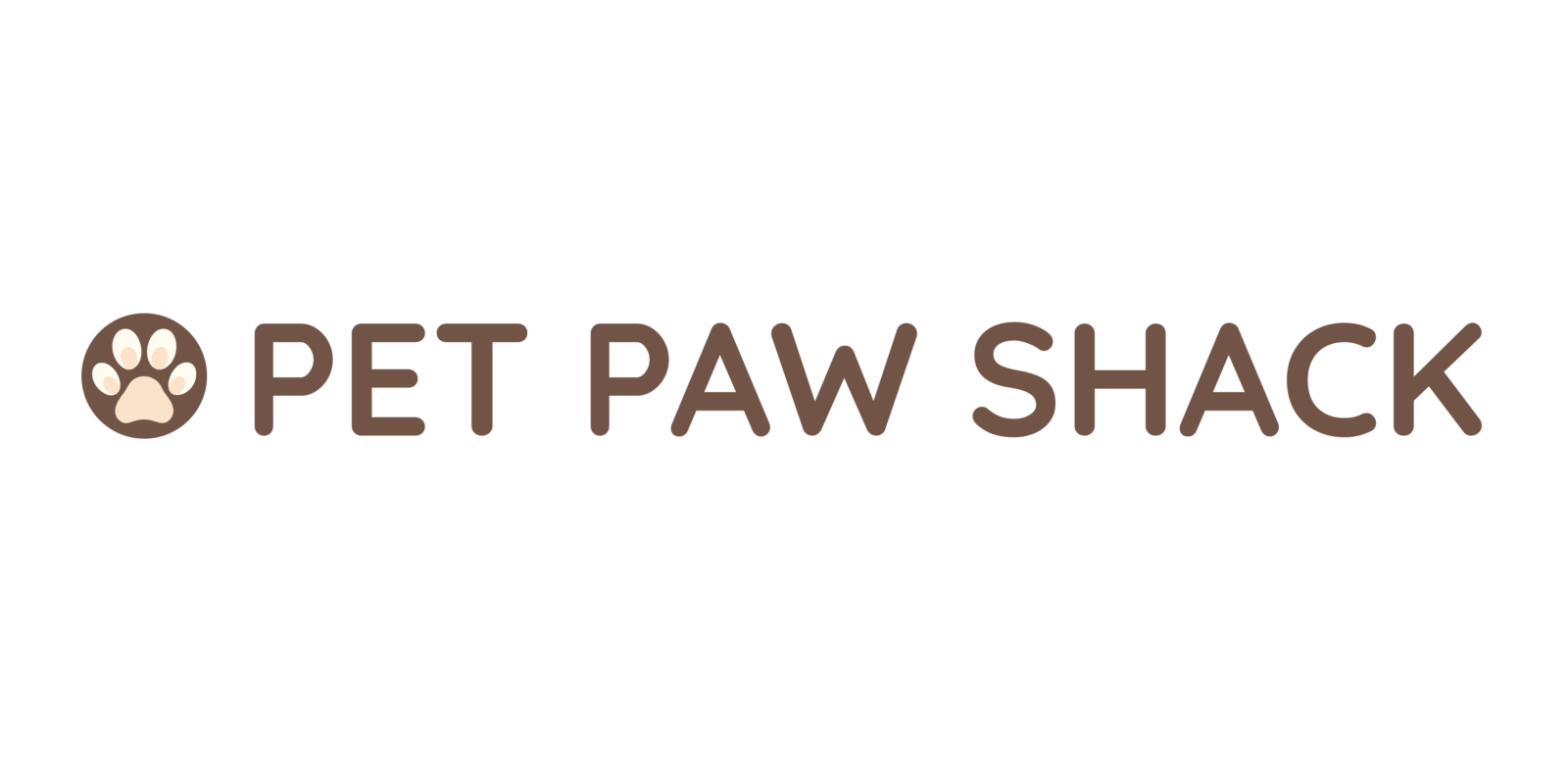As a professional dog trainer with over a decade of experience working with thousands of dogs in the Salt Lake City area, I’ve noticed patterns in the questions people ask during their first consultation. Today, I want to address these common concerns to help you make informed decisions about finding training for your puppy.
Starting With the Right Expectations
When people ask me where to find puppy training in Salt Lake City, my first response is always to make sure they understand what great training looks like. Many new dog owners have misconceptions about the training process that can lead to disappointment or abandoned training efforts.
“Dogs inevitably test boundaries. They all reach a point where they think, ‘I know what I’m supposed to do… but what if I don’t?’ Without clear boundaries, dogs can quickly get themselves in dangerous situations like running into traffic or eating harmful objects” I explain to new clients during their first visit.
Training Approaches That Work
Many dog owners wonder about training philosophies and methods. The debate between purely positive training versus balanced training approaches continues to cause confusion.
In my experience, combining positive reinforcement with fair boundaries produces the most reliable results. This approach mirrors real life, where good choices bring rewards and poor choices have consequences. First, we teach behaviors using treats, praise, and games. Once a dog clearly understands the exercises, we add accountability.
When looking for where to find puppy training in Salt Lake City, ask trainers about their philosophy and what happens when a dog chooses not to follow a known command. The answer will tell you a lot about their approach.
The Separation Concern
One of the most heartfelt worries I hear from dog owners involves boarding training programs. Many fear their dog will feel abandoned or develop separation anxiety during a board and train program.
This concern comes from a place of deep love, which I respect tremendously. However, the reality is quite different from what most people imagine. Dogs typically start pulling their owners INTO our facility by the second or third day. They quickly learn that training means fun, mental stimulation, and lots of attention.
If a dog truly struggles with separation (which is extremely rare), we will notify you immediately and discuss alternatives. The dog’s emotional well-being should always come first.
Training Tools: Separating Fact from Fiction
Training tools often get misrepresented in online discussions. When used properly, training collars can actually be safer than flat collars for dogs who pull heavily.
The reason is simple: specialized training tools distribute pressure evenly around the neck, unlike regular collars that concentrate force on the trachea. They also allow handlers to communicate with less force and help dogs learn proper leash manners more quickly.
This point is crucial for safety. The longer a dog pulls on a leash, the greater the risk of injury to both them and whoever is holding the leash. I’ve seen countless injuries that could have been prevented with proper training and appropriate tools.
Remote Training Collars: A Misunderstood Tool
One of the most misunderstood training tools is the remote training collar (sometimes called an e-collar). When introduced properly, these devices primarily serve as communication tools, not punishment devices.
In our training programs, we focus first on the vibration setting as a “check-in” signal. We teach dogs to understand this as: “Hey, something awesome is happening! Check in with me!” The stimulation function serves only as a backup when a dog chooses to ignore known commands in high-distraction environments.
The real benefit? Freedom. Remote training collars give dogs off-leash reliability they couldn’t safely have otherwise. They’re like seatbelts – you hope you never need them, but you’re grateful they’re there when a dangerous situation suddenly appears.
Training Program Options
When researching where to find puppy training in Salt Lake City, you’ll discover different program structures. The most common are weekly sessions versus boarding programs.
Weekly sessions (what we call our “Hiking Buddy” program) involve learning to train your dog through regular lessons and daily practice at home. Your progress depends heavily on your consistent practice between sessions.
Board and train programs allow your dog to build skills directly with professional trainers before transferring those skills to you. This approach typically produces faster results with less daily time commitment from you.
Neither approach is inherently better – the right choice depends on your schedule, learning style, and training goals.
Can Behavioral Issues Be “Fixed”?
Perhaps the most important question I receive involves reactive or aggressive behavior. Can these serious issues be resolved through training?
No ethical trainer can guarantee they will completely cure reactivity or aggression. Success depends on many factors, including your consistency at home and your dog’s history.
What I can promise is significant progress. We customize our approach to each dog’s specific needs and learning pace. Some clients see nearly complete resolution of the issues, while others see moderate improvement – but all experience meaningful change that makes life with their dog more enjoyable and manageable.
Finding the Right Trainer
When searching for where to find puppy training in Salt Lake City, look beyond flashy websites and social media. Ask about guarantees, training methods, and how they handle challenges. Request to speak with previous clients with dogs similar to yours.
The right trainer will be transparent about their methods, set realistic expectations, and prioritize both the physical and emotional well-being of your dog.
Remember that training is an investment in your relationship with your dog. The right approach can transform a challenging puppy into a joyful companion for years to come.


 Veterinary Advisor & Health Expert
Anthony Brooks is the in-house Veterinary Advisor at Pet Paw Shack, offering expert advice on pet health, disease prevention, and general veterinary care. With years of experience as a licensed veterinarian, Anthony helps guide pet owners through essential topics like vaccinations, routine checkups, and emergency care. His commitment to keeping pets healthy ensures that Pet Paw Shack delivers trusted and accurate medical insights.
Veterinary Advisor & Health Expert
Anthony Brooks is the in-house Veterinary Advisor at Pet Paw Shack, offering expert advice on pet health, disease prevention, and general veterinary care. With years of experience as a licensed veterinarian, Anthony helps guide pet owners through essential topics like vaccinations, routine checkups, and emergency care. His commitment to keeping pets healthy ensures that Pet Paw Shack delivers trusted and accurate medical insights.
